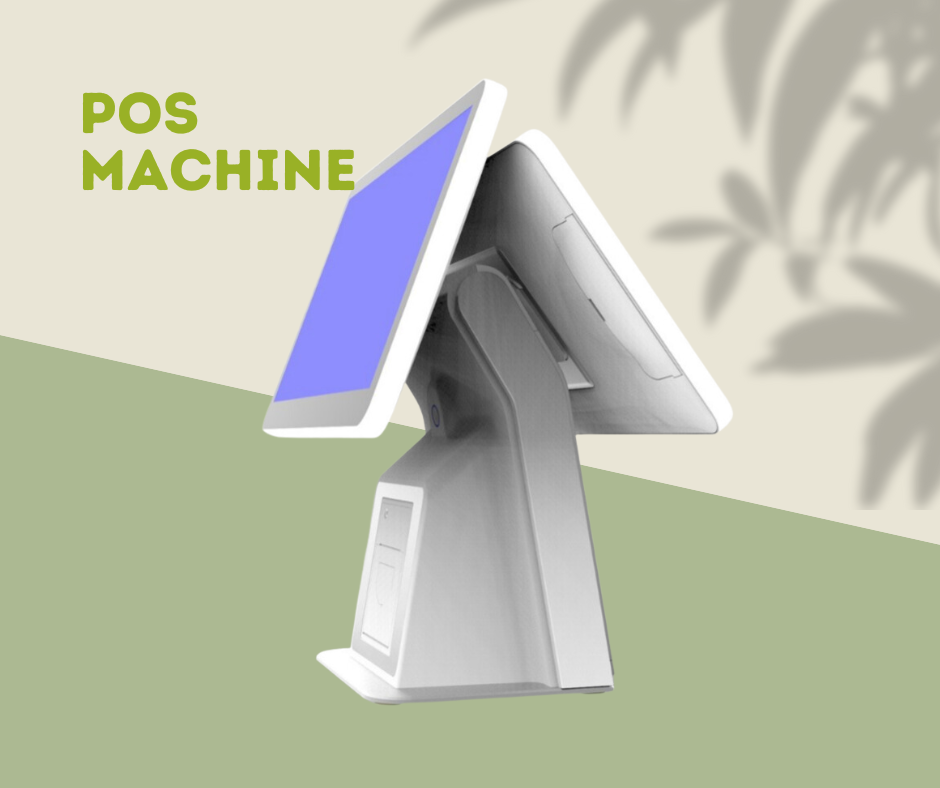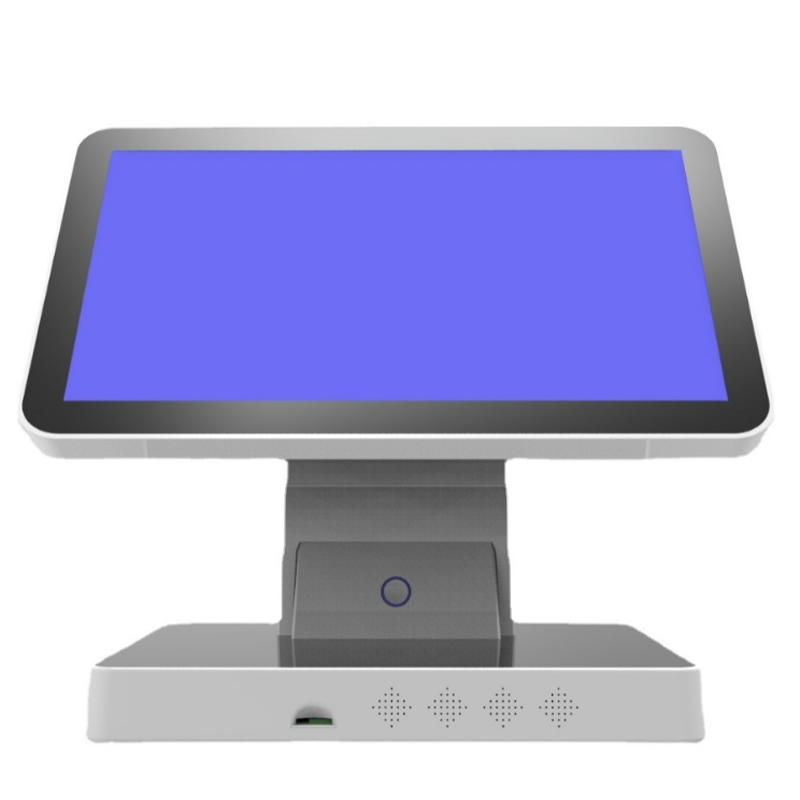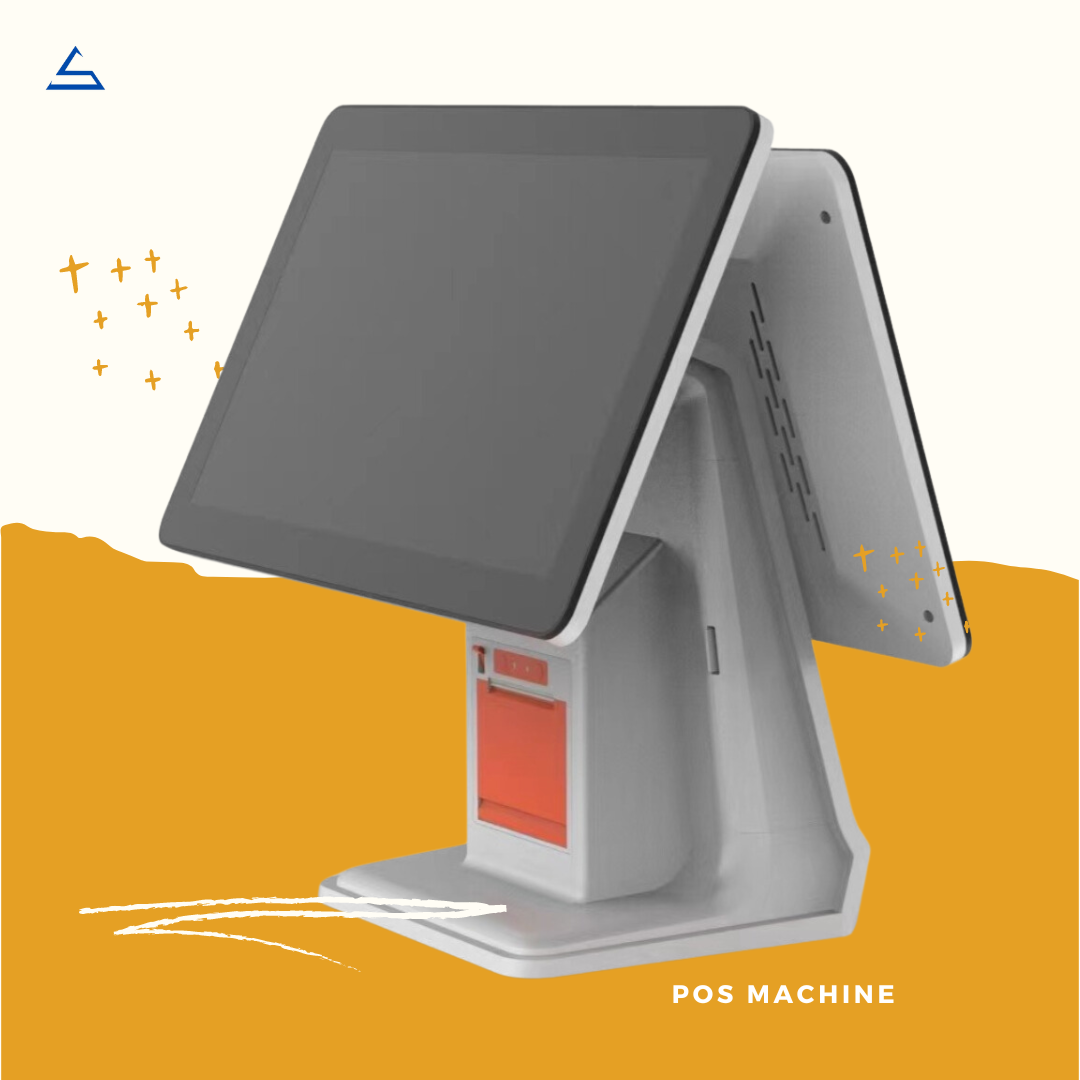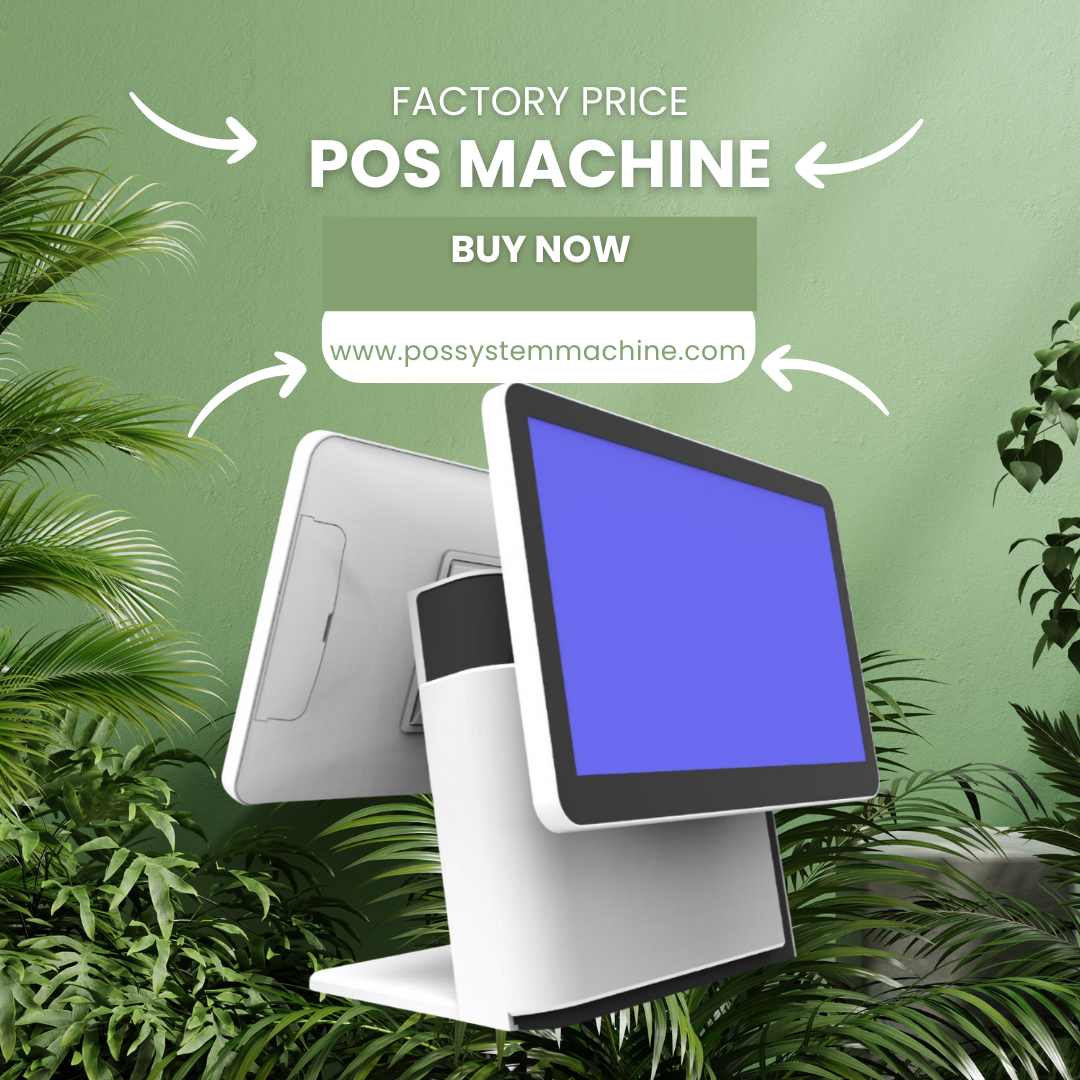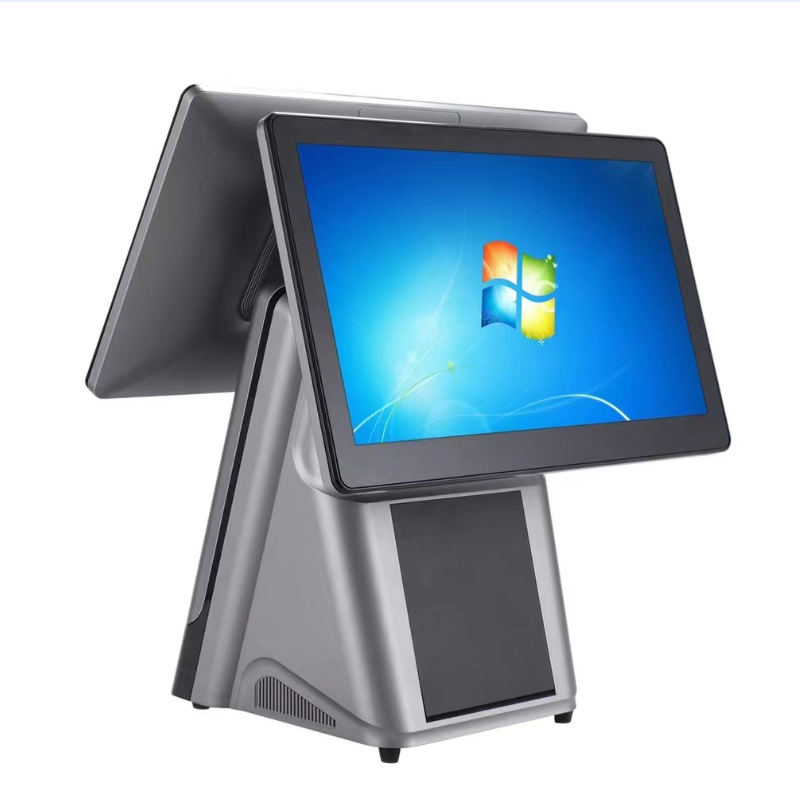What Are POS Systems?
Daftar Isi
Ringkasan
Point of sale (POS) systems are the beating heart of modern retail and hospitality businesses. These powerful tools have revolutionized how transactions are processed, inventory is managed, and customer data is collected. In this comprehensive guide, we’ll explore the ins and outs of POS systems, their benefits, and how to choose the right one for your business. Whether you’re a small boutique owner or managing a large restaurant chain, understanding POS technology is crucial for staying competitive in today’s fast-paced market.
Apa Sebenarnya yang Dimaksud dengan Sistem POS?
A point of sale (POS) system is the central hub where retail transactions are completed. It’s the modern equivalent of a cash register, but with significantly more capabilities. POS systems typically include both hardware and software components that work together to process sales, track inventory, and gather valuable customer data.The term “POS” can refer to the physical location where a transaction occurs, as well as the software and hardware used to facilitate that transaction. In essence, it’s where your customer makes a payment for products or services at your store.
Bagaimana Cara Kerja Sistem POS?
POS systems operate by integrating various components to create a seamless transaction process. Here’s a basic overview of how a typical POS system functions:
- Item selection: The cashier scans barcodes or manually enters product information.
- Perhitungan harga: Sistem akan menghitung total harga, termasuk pajak dan diskon.
- Payment processing: The customer pays using cash, credit card, or mobile payment methods.
- Receipt generation: A receipt is printed or emailed to the customer.
- Inventory update: The system automatically adjusts inventory levels.
- Data recording: Transaction details are stored for reporting and analysis.
This process happens in seconds, providing a smooth experience for both the customer and the business owner.
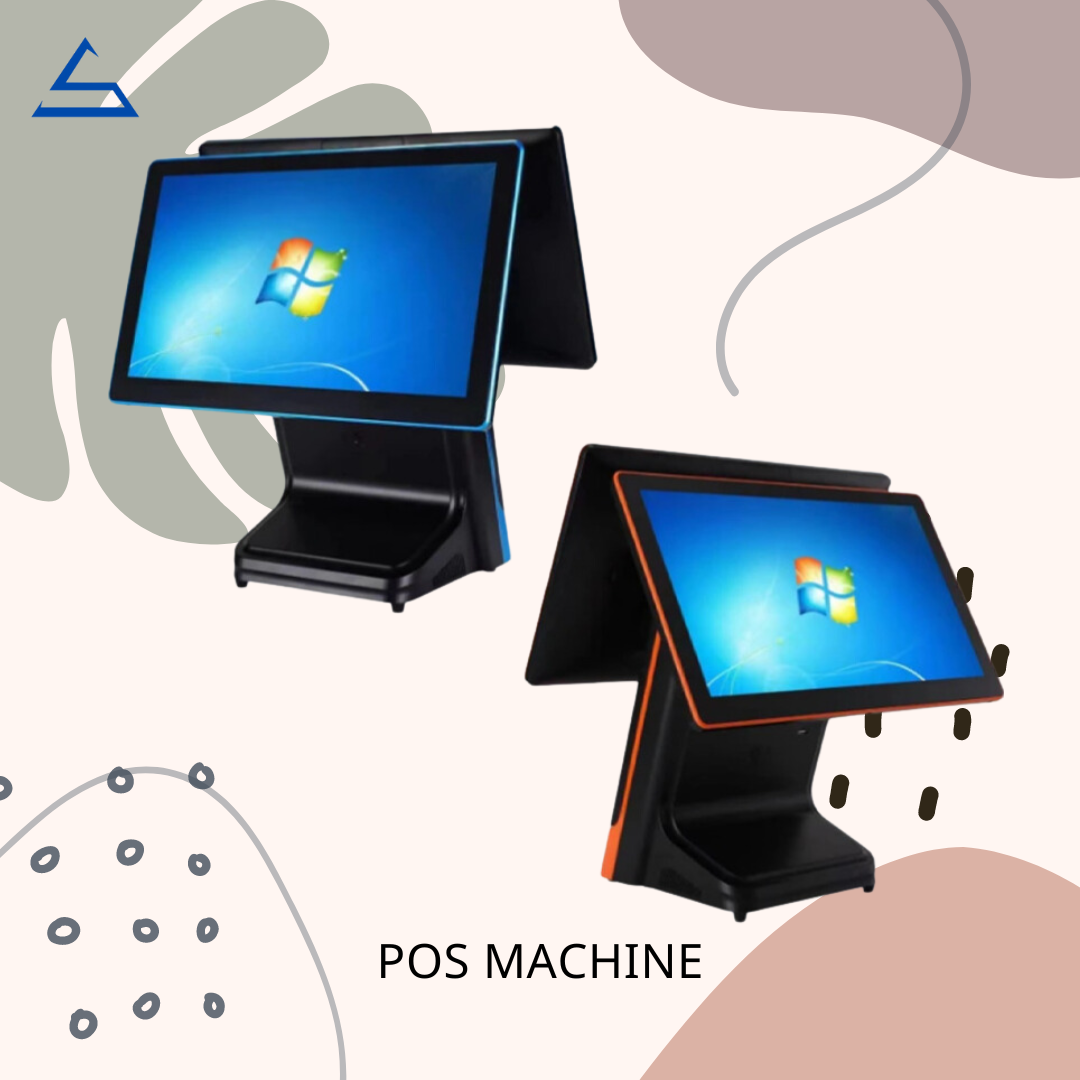
Apa Saja Komponen Utama dari Sistem POS?
A comprehensive POS system consists of several essential components:
- Hardware:
- Laci uang tunai
- Pencetak tanda terima
- Pemindai kode batang
- Credit card reader
- Touchscreen monitor or tablet
- Software:
- Transaction processing
- Manajemen inventaris
- Manajemen hubungan pelanggan (CRM)
- Pelaporan dan analisis
- Payment processing:
- Integration with various payment methods
- Secure transaction handling
- Backend management:
- Cloud-based data storage
- Remote access capabilities
Each of these components plays a crucial role in creating a fully functional POS system that can handle the complexities of modern business operations.
Apa Saja Jenis Sistem POS yang Berbeda?
POS systems come in various forms, each tailored to specific business needs:
- Retail POS systems
- Restaurant POS systems
- Mobile POS systems
- Sistem POS berbasis cloud
- Sistem POS multisaluran
The type of POS system you choose will depend on your business model, industry, and specific requirements.
Apa Saja Manfaat Menggunakan Sistem POS?
Menerapkan program POS system can bring numerous advantages to your business:
- Improved efficiency: Streamline checkout processes and reduce human error.
- Enhanced inventory management: Real-time tracking and automated reordering.
- Better customer insights: Collect and analyze customer data for personalized marketing.
- Increased security: Reduce theft and fraud with advanced security features.
- Simplified reporting: Generate detailed sales reports and financial analytics.
- Skalabilitas: Tambahkan fitur atau lokasi baru dengan mudah seiring pertumbuhan bisnis Anda.
These benefits can lead to increased profitability and improved customer satisfaction.
Bagaimana Cara Memilih Sistem POS yang Tepat untuk Bisnis Anda?
Selecting the best POS system for your business requires careful consideration of several factors:
- Business type and size
- Budget constraints
- Required features and integrations
- Ease of use and training requirements
- Scalability and future growth potential
- Customer support and reliability
It’s essential to research and compare different options before making a decision. Consider reading reviews, requesting demos, and consulting with industry peers to find the best fit for your needs.
Apa Saja Tren Terbaru dalam Teknologi POS?
The POS industry is constantly evolving. Here are some of the latest trends to watch:
- Mobile POS solutions
- Contactless payment options
- AI-powered analytics and forecasting
- Integrasi dengan platform e-commerce
- Berbasis awan POS systems
- Omnichannel retail support
Dengan terus mendapatkan informasi tentang tren ini, Anda dapat membuat keputusan yang tepat untuk bisnis Anda di masa depan.
Bagaimana Sistem POS Dapat Meningkatkan Pengalaman Pelanggan?
Sistem POS yang diimplementasikan dengan baik dapat secara signifikan meningkatkan pengalaman pelanggan dalam beberapa cara:
- Waktu pembayaran yang lebih cepat
- Personalized offers and recommendations
- Flexible payment options
- Accurate inventory information
- Seamless loyalty program integration
- Efficient handling of returns and exchanges
By improving these aspects of the customer journey, businesses can increase satisfaction and encourage repeat visits.
What Security Measures Should a Good POS System Have?
Security is paramount when it comes to POS systems. Here are some essential security features to look for:
- Enkripsi ujung ke ujung
- Kepatuhan terhadap PCI DSS
- Kontrol akses pengguna
- Regular software updates
- Algoritme pendeteksian penipuan
- Secure cloud backup
Implementing these security measures can protect both your business and your customers from potential threats.
How Can POS Systems Integrate with Other Business Tools?
Modern POS systems are designed to work seamlessly with other business tools, including:
- Perangkat lunak akuntansi
- Customer relationship management (CRM) systems
- Platform perdagangan elektronik
- Employee management tools
- Marketing automation software
These integrations can help create a more cohesive and efficient business ecosystem, allowing for better data flow and decision-making.
What Are the Potential Challenges of Implementing a POS System?
Sementara POS systems offer many benefits, there are also potential challenges to consider:
- Initial cost and ongoing fees
- Staff training and adaptation
- Technical issues and downtime
- Data migration from old systems
- Keeping up with software updates
Being aware of these challenges can help you prepare and mitigate potential issues during implementation.In conclusion, POS systems are an essential tool for modern businesses, offering a wide range of benefits from improved efficiency to enhanced customer experiences. By understanding the key components, types, and features of POS systems, you can make an informed decision about which solution is best for your business. As technology continues to evolve, staying up-to-date with the latest POS trends and integrations will be crucial for maintaining a competitive edge in the market.
Tag
Produk
Blog
Hubungi Kami
Produk Terkait
Pertanyaan yang sering diajukan tentang pembuatan kotak kayu

